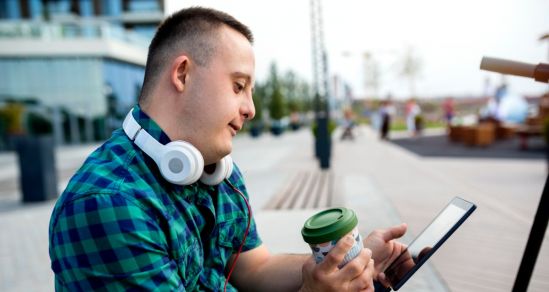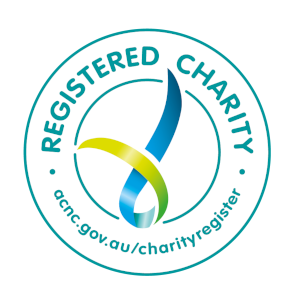Over the last two years, Telehealth has changed the way health care is delivered, and it is now set to become permanent. You can now talk to your GP or other health professionals from the comfort of your own home, without spending hours in the waiting room.
What is it?
Telehealth means using telecommunication technology, including telephone and video calling, like Skype and FaceTime, to conduct medical consultations remotely, reducing the chance of spreading infection from sick patients to doctors, nurses and other medical professionals to and subsequently to other patients.
How does it work?
Temporary Medicare Benefits Schedule (MBS) and Department of Veteran’s Affairs (DVA) item numbers have been rolled out allowing GPs and other health professionals to be more flexible with their delivery of services so patients who are at risk or unwell can stay safe. The new MBS items enable people to access essential health services in their home while they are in self-isolation or quarantine and reduce the risk of exposure to COVID-19 for vulnerable people in the community. Health Minister Greg Hunt said
Telehealth has been enthusiastically accepted by doctors and patients alike. I hope and intend for telehealth to be a positive legacy of this crisis and am already engaged with the medical community in planning a long-term future for telehealth.
Who can access it?
People in isolation or quarantine for COVID-19 can see any eligible health provider with these new telehealth items. Patients who are at risk or in vulnerable groups can also see a health provider via telehealth for medical issues other than COVID-19 if they have seen that provider (or another provider within the same practice) at least once face-to-face in the last 12 months. Updates were made to ensure patients receive care from a GP or practice with whom they have an existing relationship. All Medicare-eligible Australians can now receive these services. GPs and OMPs working in general practice may only provide a telehealth service where they have an existing relationship with the patient.
Telehealth services are available to:
- people isolating themselves at home on the advice of a medical practitioner or in accordance with home isolation guidance issued by the AHPPC
- people who meet the testing guidelines for COVID-19
- people over the age of 70
- Aboriginal and Torres Strait Islander people over the age of 50
- people with chronic health conditions or who are immunocompromised
- parents with new babies and people who are pregnant
- a person who meets the current national triage protocol criteria for suspected COVID-19 infection.
How to use it
Contact your GP doctor, mental health practitioner or midwife by phone, especially if you have a cold or flu symptoms and explain your situation. You must have an existing and continuous relationship with either the practitioner or the practice in question. That means you have to have seen that particular doctor, or a doctor from the same practice, (or other health professionals) for a face-to-face consult in the last 12 months.
Here to Stay
Telehealth will become a permanent feature of primary health care, which has been transformational to health care delivery and underpinned much of the Government’s successful COVID-19 response.
To continue to support Australia’s primary care system, our government is investing $308.6 million, including:
- $106 million for permanent telehealth for Australian patients
- $58.8 million to support Australia’s mental health with Better Access to vital services
- $41.2 million to deliver better health services in regional and rural Australia
- $77 million to improve access to Medicare
- $25.6 million to support our COVID-19 efforts through Primary Care
Permanent telehealth services, ensure greater flexibility to patients and doctors for the delivery of health care; allowing GPs, specialists, and allied health professionals to continue to consult with their regular patients by phone or online.
Telehealth has been transformational to Australia’s universal health care and has played a critical role in ensuring the continuity of care for hundreds of thousands of Australian patients during the COVID-19 pandemic, protecting the health of patients and health professionals. It offers greater flexibility to health care as part of universal Medicare.
More information
For more information, you can read the fact sheets
 COVID-19 Bulk-Billed MBS Telehealth Services [DOCX]
COVID-19 Bulk-Billed MBS Telehealth Services [DOCX] COVID-19 Bulk-billed MBS Telehealth Services [PDF]
COVID-19 Bulk-billed MBS Telehealth Services [PDF]
Coronavirus Information Line
Call the National coronavirus and COVID-19 vaccine helpline if you are seeking information on coronavirus (COVID-9). The line operates 24 hours a day, seven days a week.
Free call: 1800 020 080Disability Information Helpline
The Disability Gateway provides information and referrals for people with disability who need help because of Coronavirus (COVID-19).
Free call: 1800 643 787> See all our COVID-19 resources here




























































































